Ein interessanter Bericht von Dea Fauzia Lestari, Master-Studentin aus Indonesien, die im Rahmen eines Austausch-Projektes in Deutschland zur maritimen Umwelt geforscht hat. AIDA Cruises hat das Projekt unterstützt, und Dea Fauzia Lestari berichtet in Englisch über ihre Forschungsarbeiten.
Von Dea Fauzia Lestari, Indonesien
“I’d like to share a couple of the hundreds of experiences I had while in Germany for GAME 2016 research exchange.
My name is Dea Fauzia Lestari, currently I’m completing a Master’s degree in Marine Science of Bogor Agricultural University at Indonesia. I joined GAME (Global Approach by Modular Experiment) which was conducted by GEOMAR, Kiel. This research exchange was followed by 10 participants from different universities around the world, such as Germany, Portugal, Spain, Indonesia, Japan, and Chile.
We had 10 months for our program, we spent 4 months in Kiel, Germany (March, October – December 2016) and 6 months in our own countries (April – September 2016). We had many activities during GAME program. For example we visited Geltinger Birk and a fossil beach area in Maasholm. We learned about the importance of protected areas for animals and its relation to human life. Additionally in the fossil beach we learned how to recognize fossil shapes of marine organism which could be found on the flaky rock. Another activity was a one day excursion with Alkor, one of GEOMAR research vessels, it was a very memorable experience. We joined benthos sampling in the Baltic Sea with benthic researchers of the institute. As young researchers we also got the chance to spend the night at a light house in the Wadden Sea area, a UNESCO world heritage site. During the fieldtrip we observed organisms and phenomena that occurred in the very large intertidal zone.
The main activity of the program was a laboratory experiment using marine filter feeder. We worked together with one foreign partner student. My partner came from Spain, so I did not work alone on the lab. In Indonesia we used Asian green mussel Perna viridis and we took it from Banten Bay, Indonesia. We tested interaction effects of different temperature and microplastic levels (as stressor) on physiological effect. This research is important to investigate the phenomena on the environment which become trending topic like global warming and microplastic pollution. The result showed different responses for each stressor. Perna viridis was highly reactive to heat stress and microplastic on respiration rate but not for the interaction of both stressor. High temperature also influenced the survival rate of this mussel species.
It is not so easy to work together with many different people, different brains, and different characters. But in this program we learned how to make a good team work and respected each other to get to the same main purpose. Many days were used for discussions and data analysis of our experiment result. We were also required to be able to convey and communicate our research results to the public such as in presentations and scientific papers. Hence we got the training about how to have a good presentation and write a scientific journal. After getting the training we presented the research result in Bogor Agricultural University and several universities in Germany such as Kiel, Bremen, Rostock, Oldenburg, and Hamburg University. Additionally, the presentations have been conducted in Toxicology Institute of Kiel, GEOMAR, and school kids.
We also had the opportunity to present our result in front of our sponsor. In this event I meet the Chief Sustainability Officer of AIDA Cruises as my sponsor. I appreciated this company because it is a company who cares for science and environment issues. This company continually supports the GAME program from year to year. This support is needed by young researchers like me to keep working on science and have the opportunity to work abroad.
After my own experience, I now believe that research exchange programs can develop human resources and are the most powerful way to see another world from science perspective.“


 Monika Griefahn GmbH
Monika Griefahn GmbH
Christian Meyer schreibt
Guten Tag, ich hoffe, dass Frau Lestari ihre Erfahrungten schnell in ihrem Heimatland
ganz praktisch (cradle to cradle) umsetzen wird. Was ich in diesem Monat bei Feunden auf
Bali erleben mußte, ist unbeschreiblich. Meterhohe Plastikberge an den vor Jahren
schönsten Stränden der Welt. Von Kuta bis Syminyak 20 km nur Plastikberge am Stran bis zu 5 Meter hoch.
Wo bleibt hier die Produzentenhaftung für diese systematische Zerstörung der Meere? Man kann AIDA für ihre aktive Umweltarbeit dankbar sein.
Ich lebe ohne Plastik!
Beste Grüße Christian Meyer